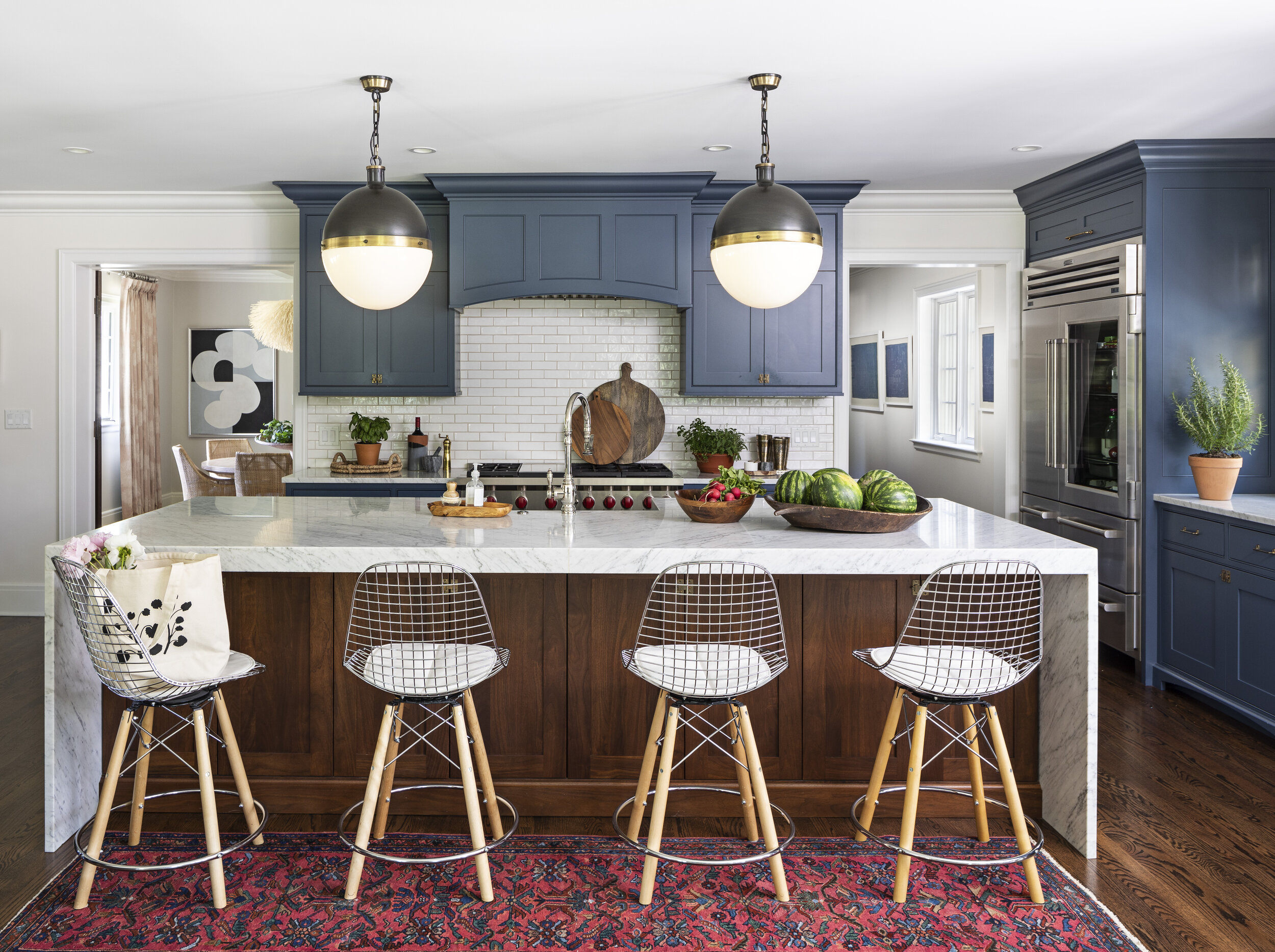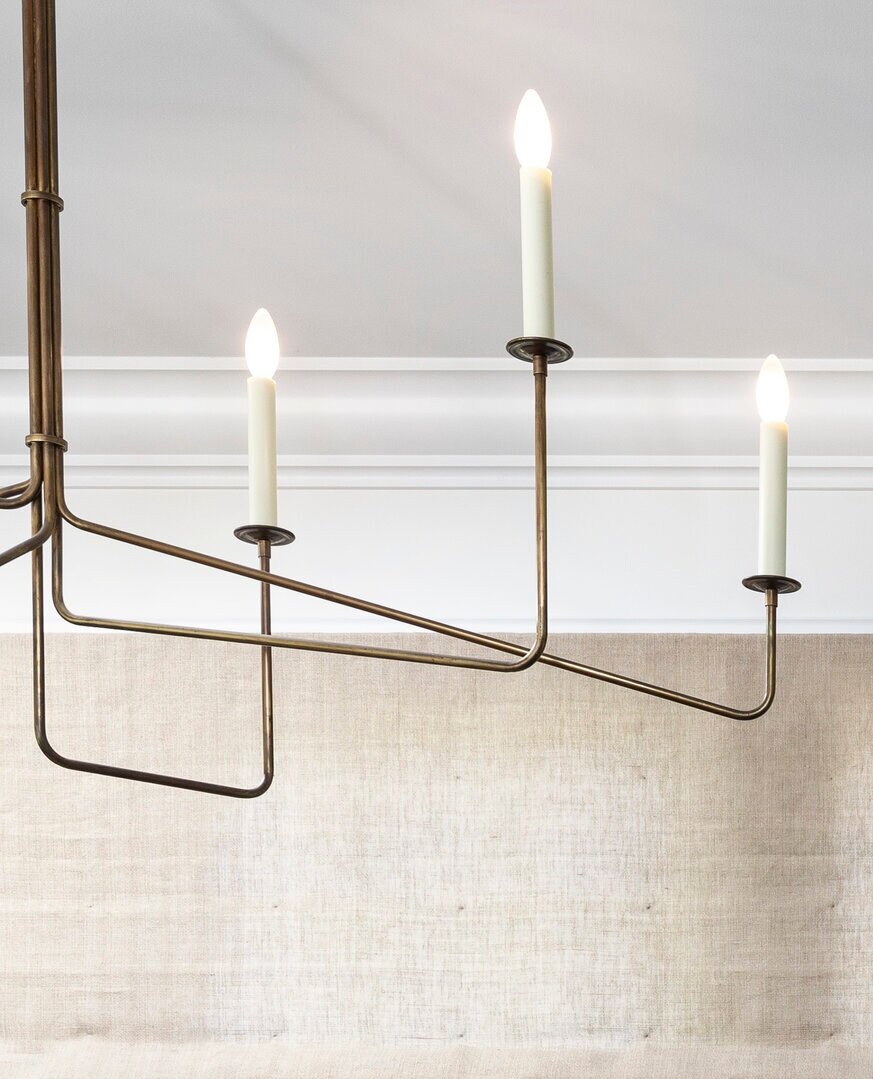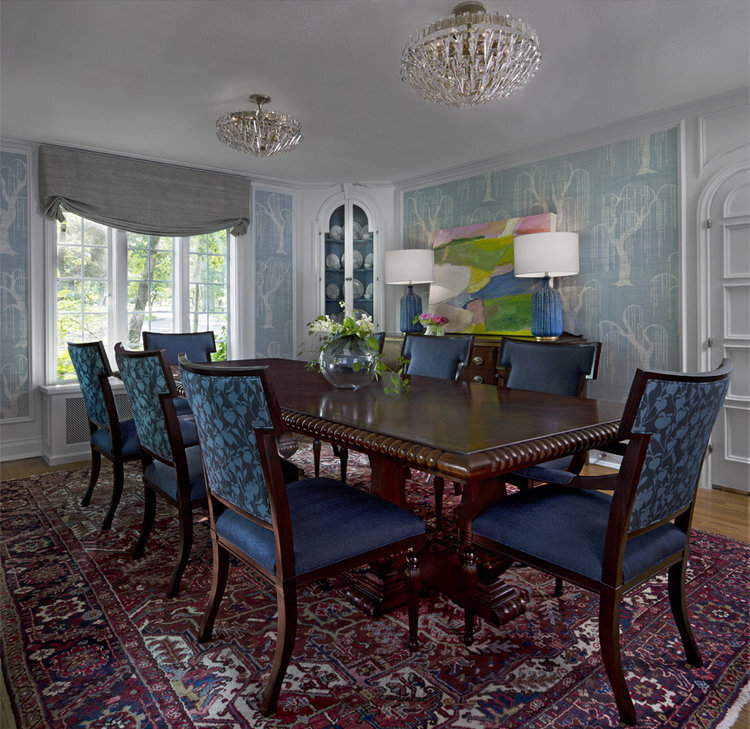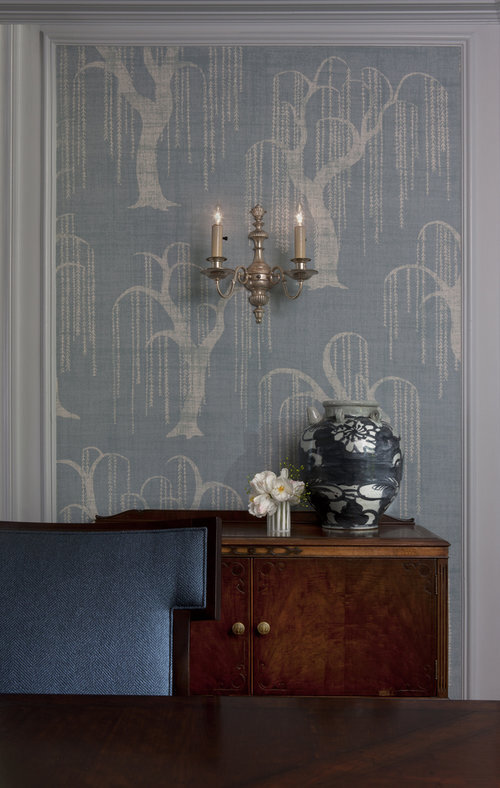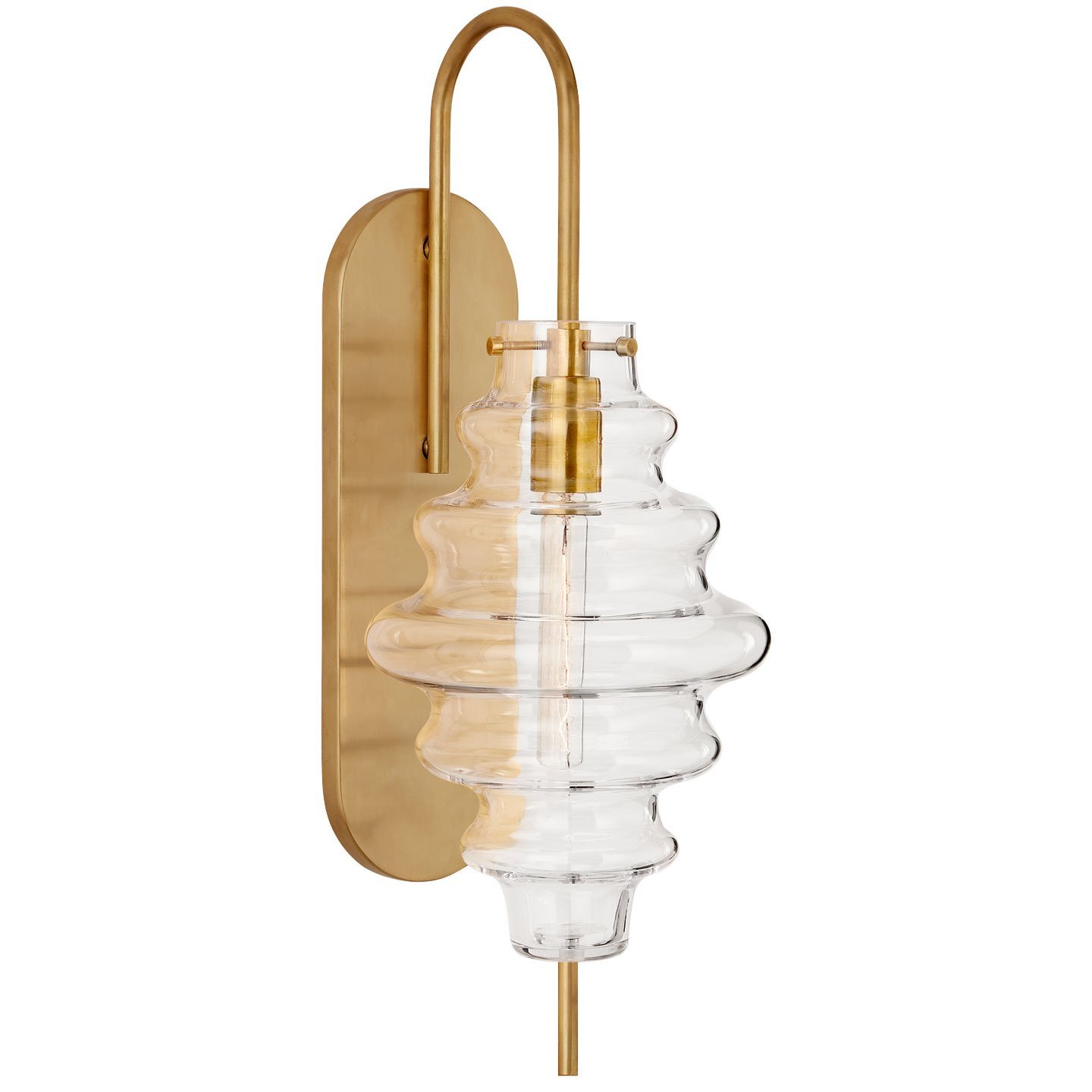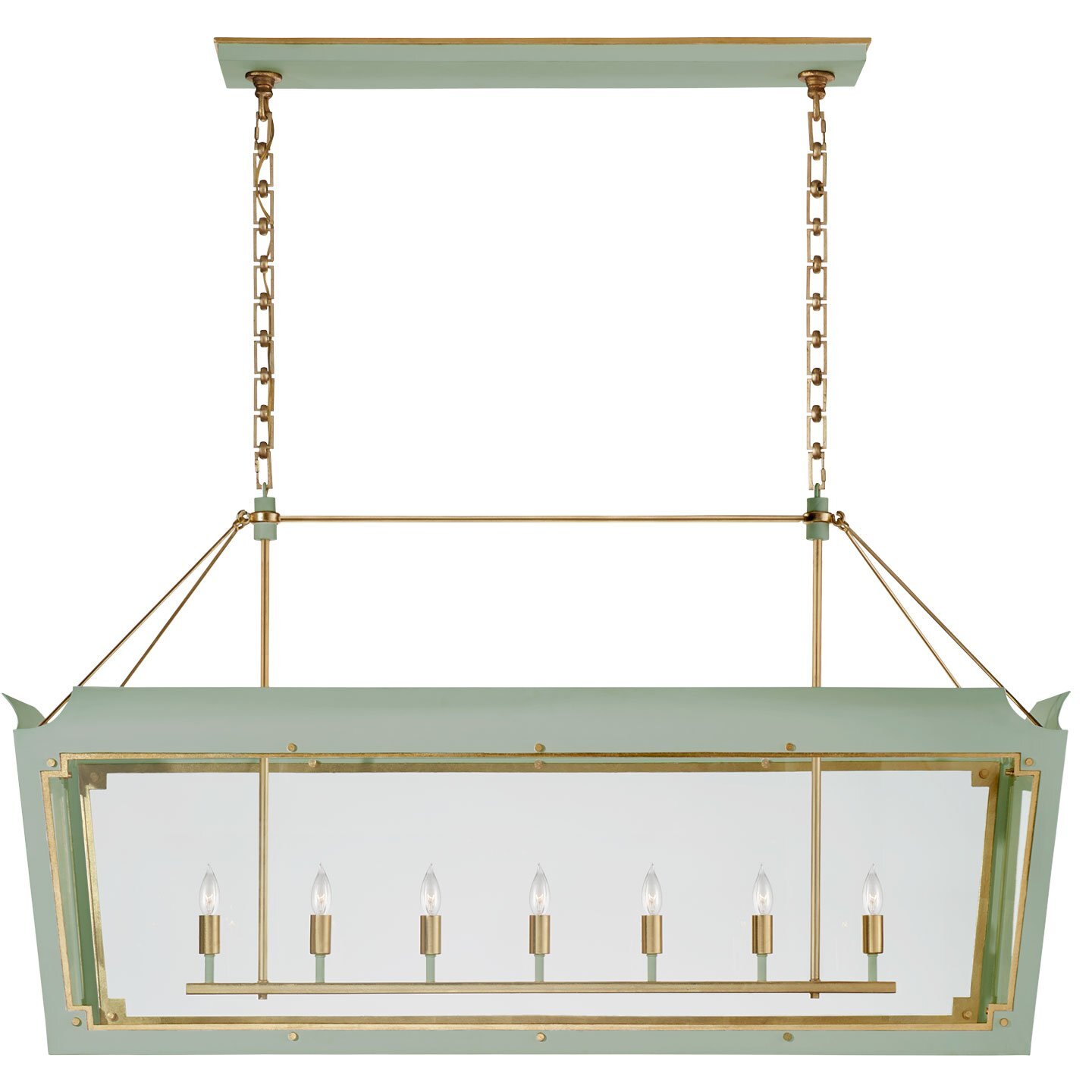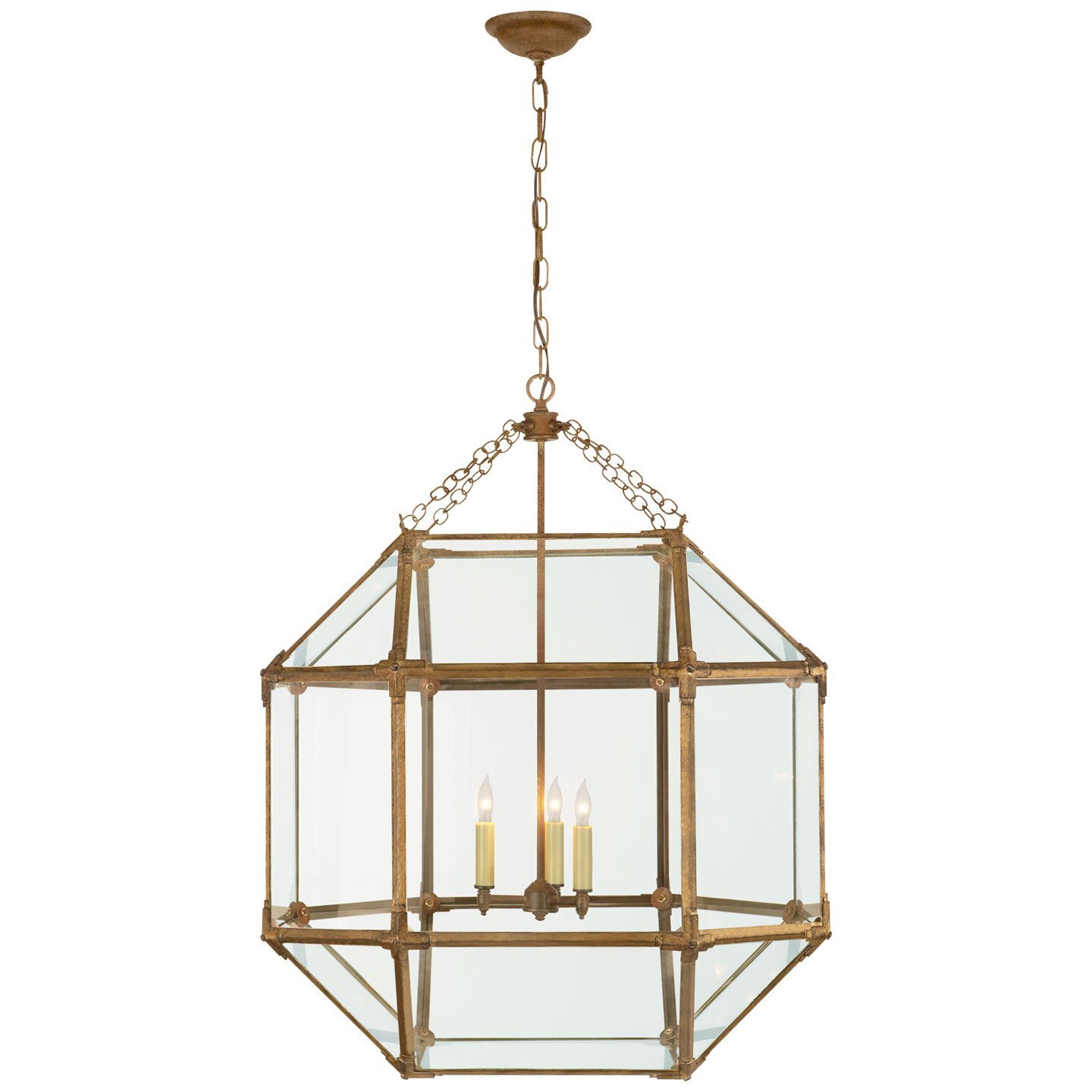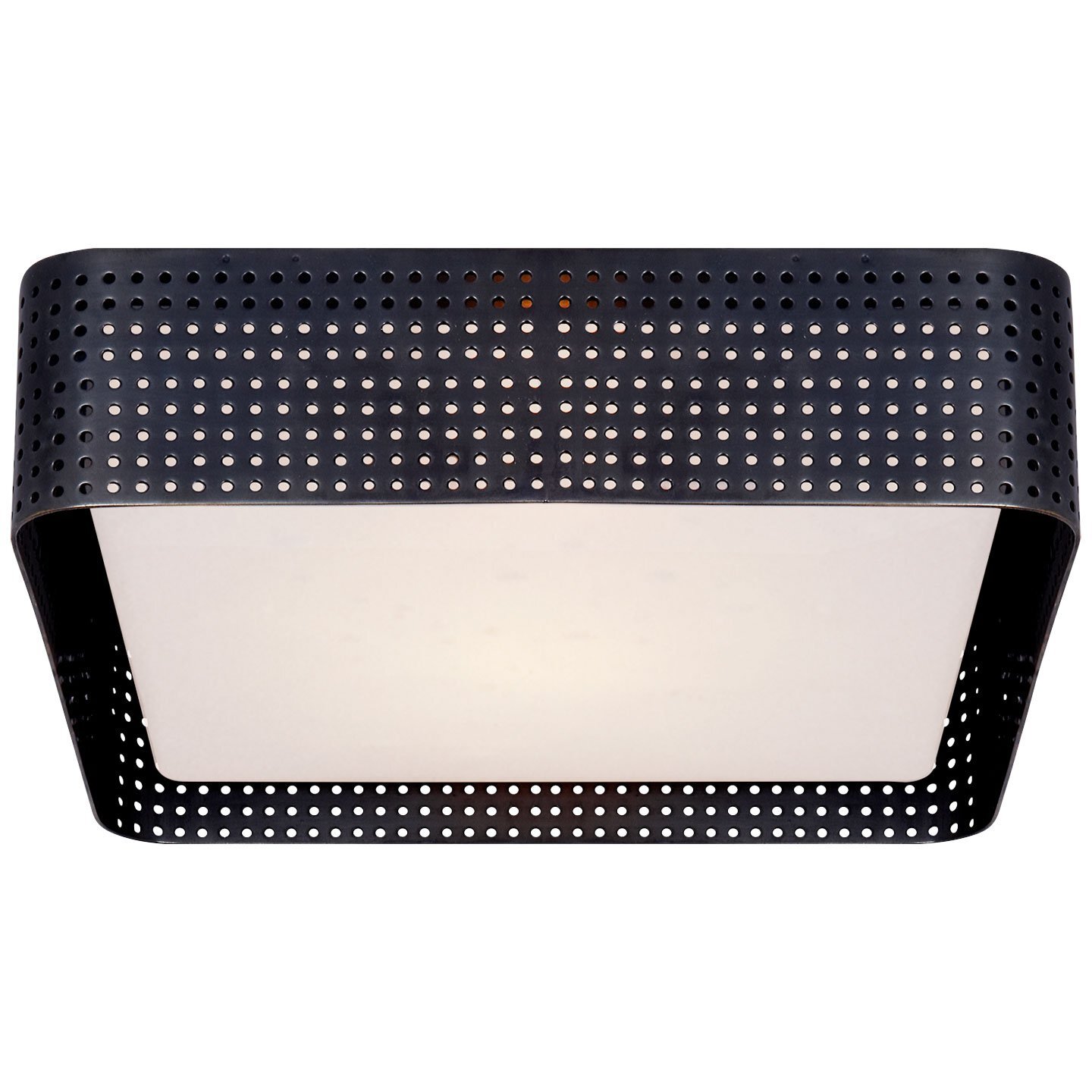By Jodi Goodman
Choosing the right bulb for that brand spanking new fixture may not be the sexiest part of designing your home. But, the right bulb can mean the difference between loving your light fixture and feeling just meh about it. If you’re anything like us you’ve avoided LEDs because of their harsh blue light (no longer the case- yay!), higher price points (which have come down significantly in the past few years), and a lack of understanding (we are here to help with that!).
Read on for all you need to know to finally make the change to LEDs.
Source // CLOTH & KIND Orchard Au Courant
GO GREEN
LEDs use up to 85% less energy than our old incandescent friends and can last up to a staggering 20+ years. Not only does this mean big breaks for the environment, but the longevity will save you major moolah in the long run. Think beaucoup savings on your electric bills, and also on what you’re paying to replenish the bulbs.
WATTS, LUMENS, WHAT THE?!
As replacing incandescent bulbs with LEDs becomes the norm, how do we understand how to choose the right “bright”?
Selecting bulbs based on their wattage is quickly going the way of the dinosaurs because wattage doesn’t inherently relay the “brightness” of a particular bulb. But, since we’ve all used this unit for so long it has come to mean something to us in terms of the light it puts off.
Both incandescent bulbs and LEDs have wattages associated with them, but LEDs are so energy efficient that their wattages are significantly lower than incandescents. A 15 W LED would seem to pale in “brightness” comparison to a 60 W incandescent, but in reality they are totally comparable in terms of light output. You see the issue, right?
The industry’s response to this dilemma is moving towards the term lumen- a far more accurate description of the output any given bulb puts off. There’s not a precise translation from incandescent watts to LED lumens but you can use our Brightness Cheat Sheet below to get in the ballpark.
COLOR TEMPERATURE
The last component to consider is the color temperature, or overall hue, of the light and that’s where the kelvin measurement comes in. Check out our guide below for tips on the ideal hue for every space.
Now that you’ve got LEDs all figured out, be sure to check out the Lighting Sample Sale in our online shop. We’re offering these in-stock fixtures at rock bottom prices, but quantities are limited so hurry on over, won’t ya!
Want to learn even more about incorporating lighting in your home? Download our free Lighting Style Guide where we spill the beans on all of our lighting-related our tips of the trade.





